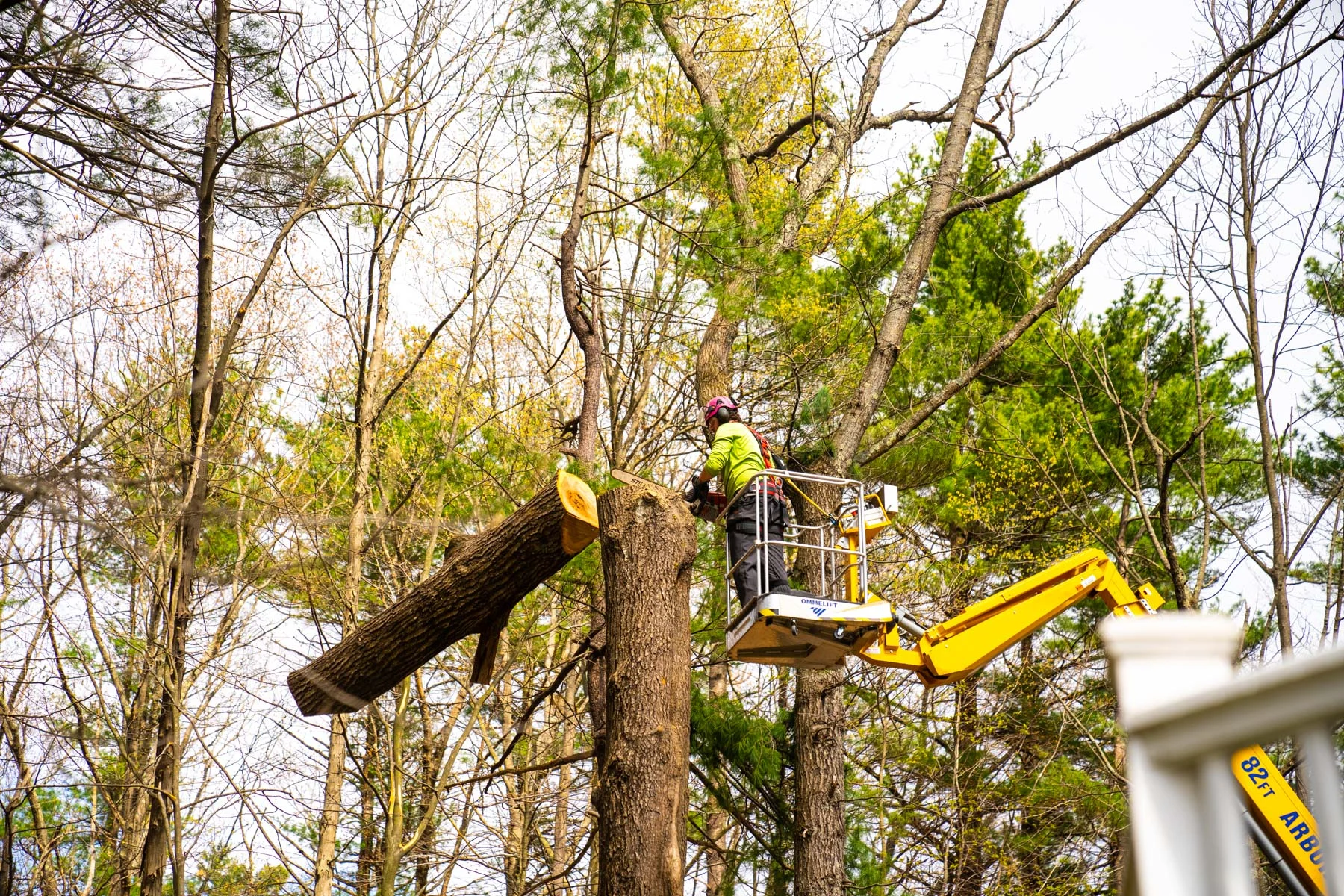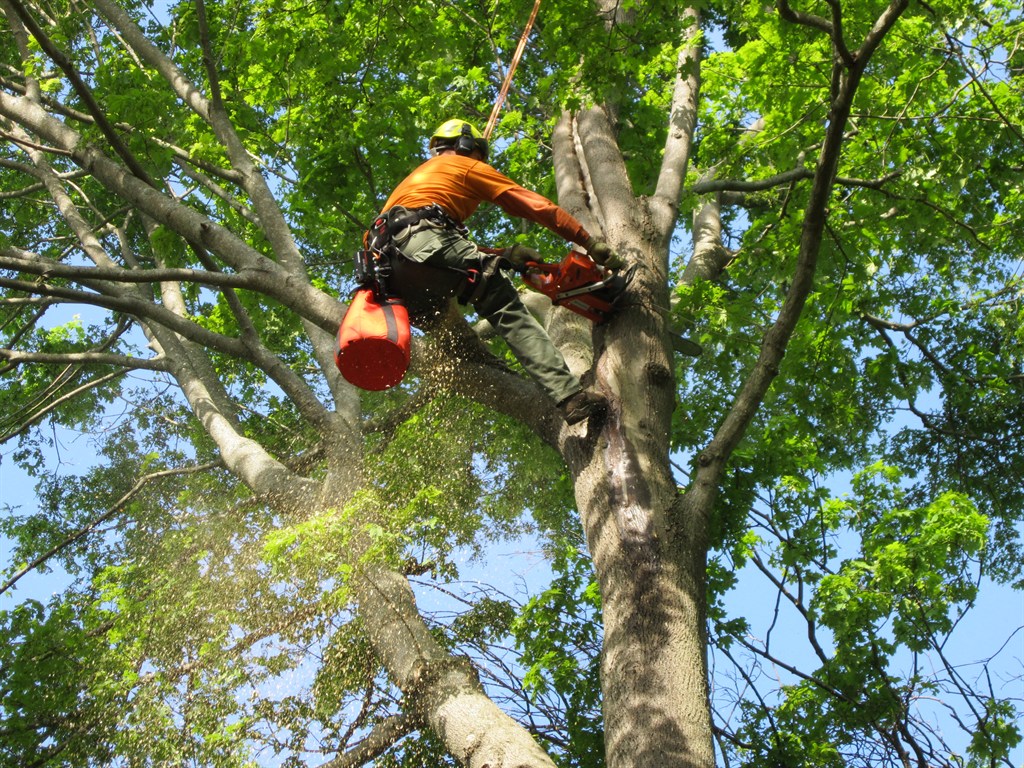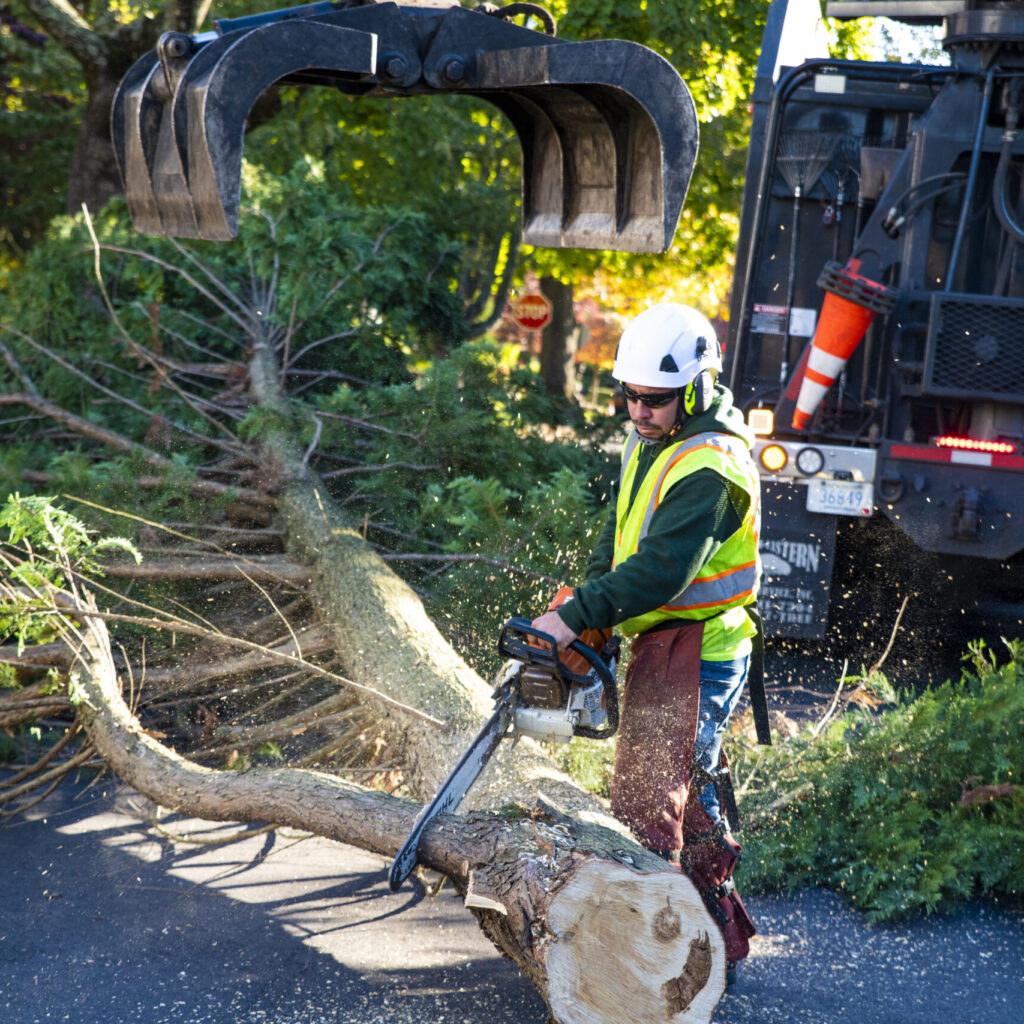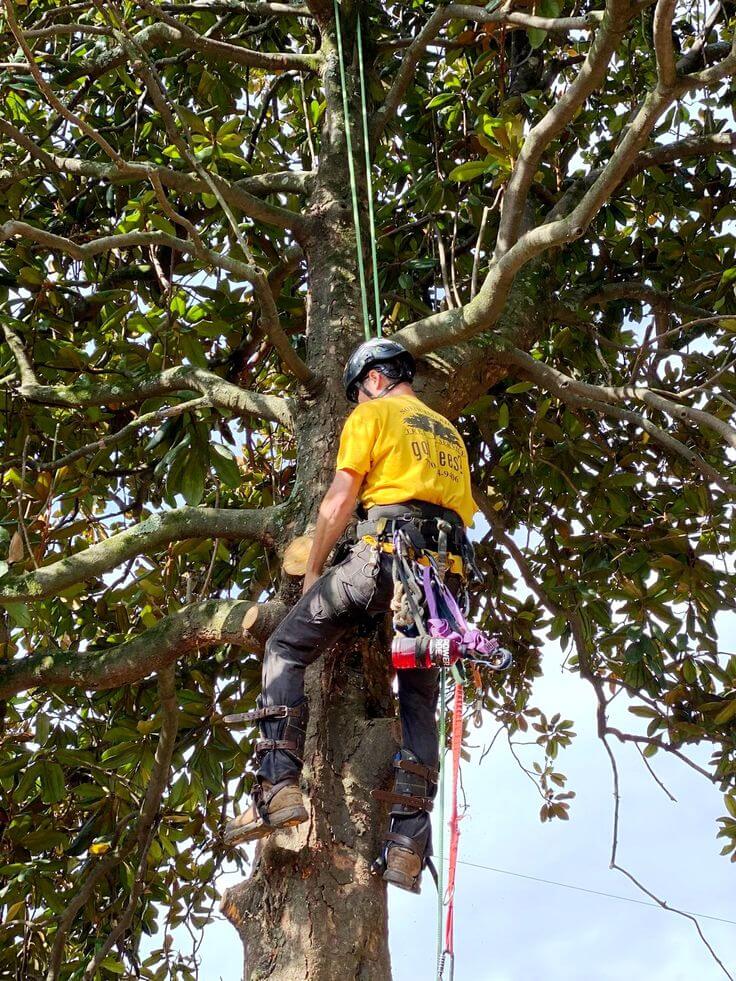What is a Tree Removal Service?
Tree removal service is a professional service that specializes in safely cutting down and removing trees from properties. This can include trimming trees, removing branches, or taking down entire trees due to safety concerns, aesthetics, or other reasons. It requires specialized equipment and expertise to ensure the process is done safely and efficiently.
Why Would You Need Tree Removal?
Dead or Dying Trees
A dead tree is not just an eyesore; it can become a serious hazard. Dead trees are more likely to fall during storms or high winds, posing a threat to nearby structures, vehicles, and people. Removing dead trees promptly can prevent accidents.
Preventing Hazards
Trees that are leaning, have split branches, or show signs of disease may also need to be removed to prevent potential hazards. A weakened tree can suddenly fall, causing damage to homes, power lines, or even posing a risk to human life.
Enhancing Property Appearance
Sometimes tree removal is necessary to improve the aesthetic appeal of your yard. Removing an overgrown or poorly positioned tree can open up space for landscaping improvements, new plants, or building projects.
Types of Tree Removal Services
Emergency Tree Removal
In the event of a storm or other emergencies where a tree has fallen or is dangerously close to falling, emergency tree removal services are required. These services are available 24/7 to quickly remove trees that pose an immediate risk.
Tree Trimming vs. Tree Removal
Tree trimming involves cutting back specific branches to maintain a tree’s health or appearance, while tree removal is the complete removal of the tree. While trimming can be part of regular tree care, removal is necessary when the tree can no longer be saved.
Stump Grinding
A Once a tree has been cut down, the leftover stump can be an eyesore. Stump grinding is a service that involves grinding down the stump until it’s flush with the ground or completely removed, allowing you to use the space for other purposes.

Signs That You Need Tree Removal
Visible Damage to the Tree
Broken branches, deep cracks in the trunk, or bark falling off are all signs that your tree may need to be removed. If a tree shows significant structural damage, it is more prone to falling.
Leaning Trees
A tree that leans noticeably can be a warning sign. While some trees naturally lean, a sudden tilt can indicate root problems, and removal might be necessary to avoid a collapse.
Diseased Trees
If your tree is diseased and poses a risk of spreading the disease to other plants, it’s best to remove it. Look for signs like discolored leaves, fungi growing on the bark, or thinning foliage.
The Tree Removal Process
Initial Inspection
Before the tree is removed, a professional arborist will inspect the tree to assess its condition and recommend the best course of action. They will determine if the tree needs to be removed or if alternative solutions are available.
Getting Permits
In some areas, you may need a permit to remove a tree, especially if it is considered part of a protected species or in a historic district. The tree removal service can often help you navigate the permitting process.
Removal Process
The actual removal involves cutting the tree down, usually in sections, to avoid damaging nearby structures or landscaping. Specialized equipment like chainsaws, cranes, and ropes may be used to safely remove large or difficult trees.
Factors Affecting the Cost of Tree Removal
Size of the Tree
Larger trees cost more to remove because they require more labor, time, and equipment. The height and width of the tree will significantly impact the overall cost.
Location and Accessibility
Removing trees that are close to buildings, power lines, or difficult-to-access spots may come with higher costs. If the removal requires extra care to avoid damaging property, costs can increase.
Type of Tree
Certain tree species are more difficult to remove due to their size, root systems, or wood hardness. For example, hardwood trees can be more challenging to cut through compared to softwoods.
Tree Removal Safety Tips
Always hire a licensed and insured professional for tree removal to avoid injury or damage. Ensure that they follow industry safety standards and use the appropriate protective gear.
Can You DIY Tree Removal?
While it may be tempting to remove a tree yourself, it is not advisable unless you have experience and the necessary equipment. Tree removal can be dangerous, and attempting it on your own can result in injury or property damage.
What Happens to the Tree After It’s Removed?
Recycling Wood
Some tree removal services offer to recycle the wood into mulch, firewood, or lumber. This sustainable option can reduce waste and give the removed tree new life.
Disposing of Debris
If you don’t want to keep the wood, the service will often haul away the debris. Depending on the size of the tree, this may require several trips or large trucks.
Getting Quotes
Before selecting a service, get multiple quotes to compare prices. However, don’t choose based on price alone—consider the company’s reputation, experience, and range of services.
Reading Reviews
Look for customer reviews online to ensure that past clients were satisfied with the service. Positive reviews are a good indicator of the company’s reliability and quality of work.

Environmental Impact of Tree Removal
Removing trees can impact local ecosystems, so it’s important to consider the environmental effects. Some companies offer tree replacement services or donate removed trees for environmental conservation.
Tree Removal Regulations and Permits
Always check your local regulations before removing a tree. Some areas require permits for tree removal, especially for large or historically significant trees.
Conclusion
Tree removal is a necessary service for maintaining your property’s safety and aesthetics. Whether you’re dealing with a dead tree, potential hazards, or simply want to enhance your landscape, hiring a professional tree removal service ensures that the job is done safely and efficiently.

